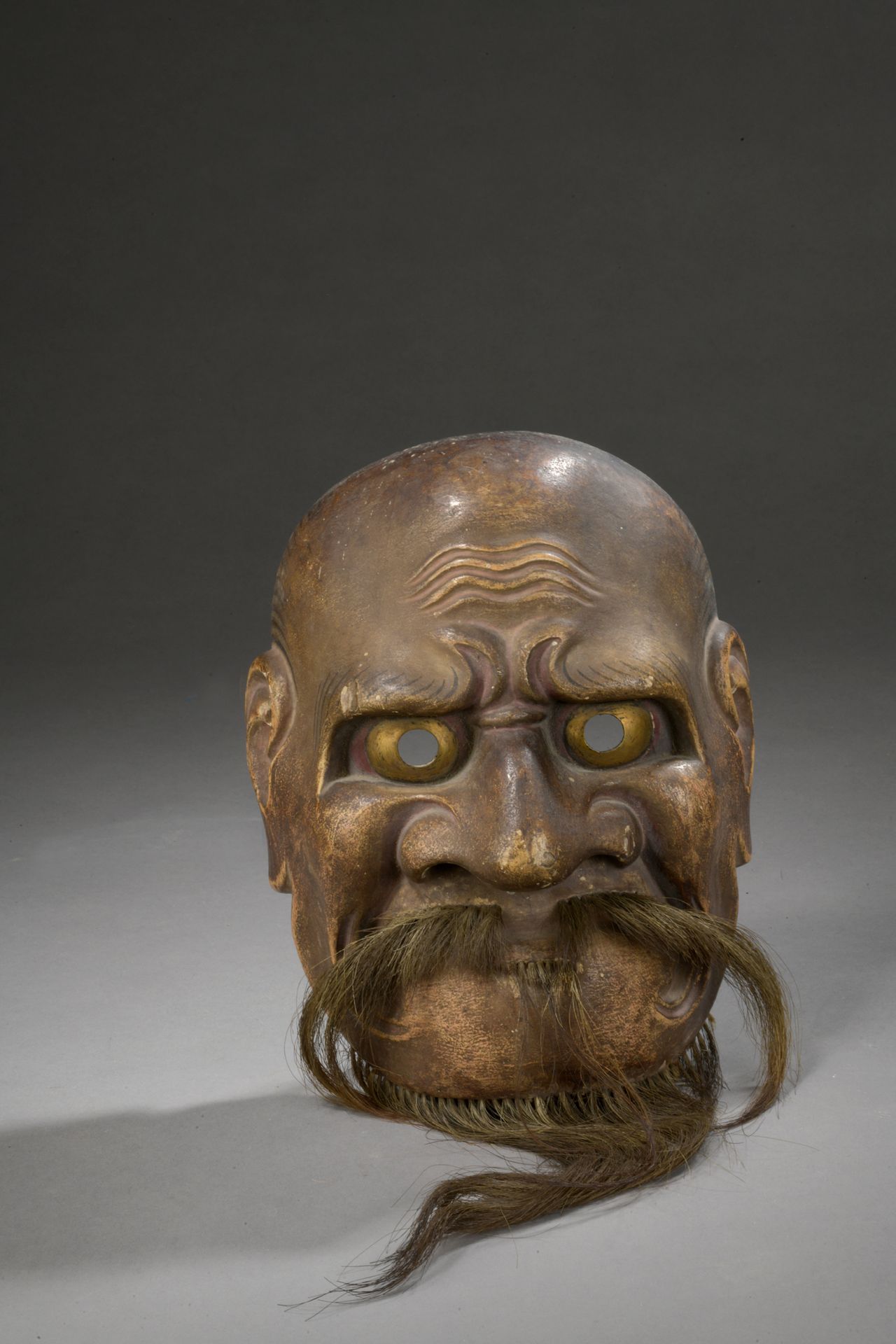Description
NO THEATER MASK in lacquered and partially gilded wood and horsehair, featuring an old man. A signature on the back. Japan, Meiji period (1868- 1912). H. 21.7 cm PROVENANCE: acquired by the current owner's great-grandfather, General Etienne de Villaret, then in the early stages of his career as military attaché to the Japanese embassy in Tokyo at the end of the 19th century, and in the family by descent.
192
NO THEATER MASK in lacquered and partially gilded wood and horsehair, featuring an old man. A signature on the back. Japan, Meiji period (1868- 1912). H. 21.7 cm PROVENANCE: acquired by the current owner's great-grandfather, General Etienne de Villaret, then in the early stages of his career as military attaché to the Japanese embassy in Tokyo at the end of the 19th century, and in the family by descent.
You may also like
